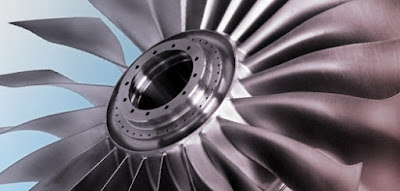Brake Fluids
Brake fluids are responsible for the movement of the various components of the braking system. It is responsible for the transmission of pressure from one part to another. It is very easily neglected by many of us these days. We change the engine oil, radiator fluid, transmission fluid. We even change the air conditioning coolant, but somehow we don't change the brake fluid.

It operates at high temperature and high pressure. We call the braking system a closed system as none of the brake fluid will neither enter nor leave the system. Nor does anything get consumed.
They are basically five types of brake fluids.
1. DOT 2
2. DOT 3
3. DOT 4
4. DOT 5
5. DOT 5.1
The most common types of brake fluid are the DOT 3, DOT 4 and DOT 5.1. DOT 5 is used in rare cases. Even DOT 2 is not widely used.
Brake fluids have to meet certain quality standards like SAE International or US DOT (Department of Transport).
Dry boiling point is the boiling temperature of fresh brake fluid. Wet boiling point is the boiling temperature of braking fluid after absorbing 3.7% of water by volume. If you notice the dry boiling point is always greater than the wet boiling point of the oil.
Brake fluids usually absorb that much amount of water after 1-2 years and that is why it is recommended to change your brake fluid after 2 years. DOT 2 is just castor oil based and has the lowest dry and wet boiling point of all the brake fluids.
The bake fluids having different DOT ratings should not be mixed. For example, DOT 3 can be replaced with either DOT 3 or DOT 4 or DOT 5.1. DOT 4 can be replaced with DOT 5.1. It is recommended not to use a lower rating fluid. Never mix DOT 5 with DOT 3 or DOT 4 or DOT 5.1.










Comments
Post a Comment